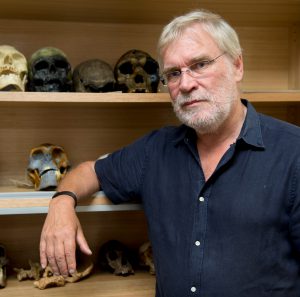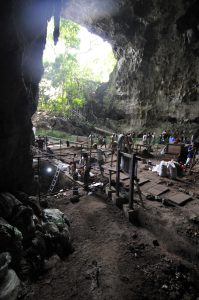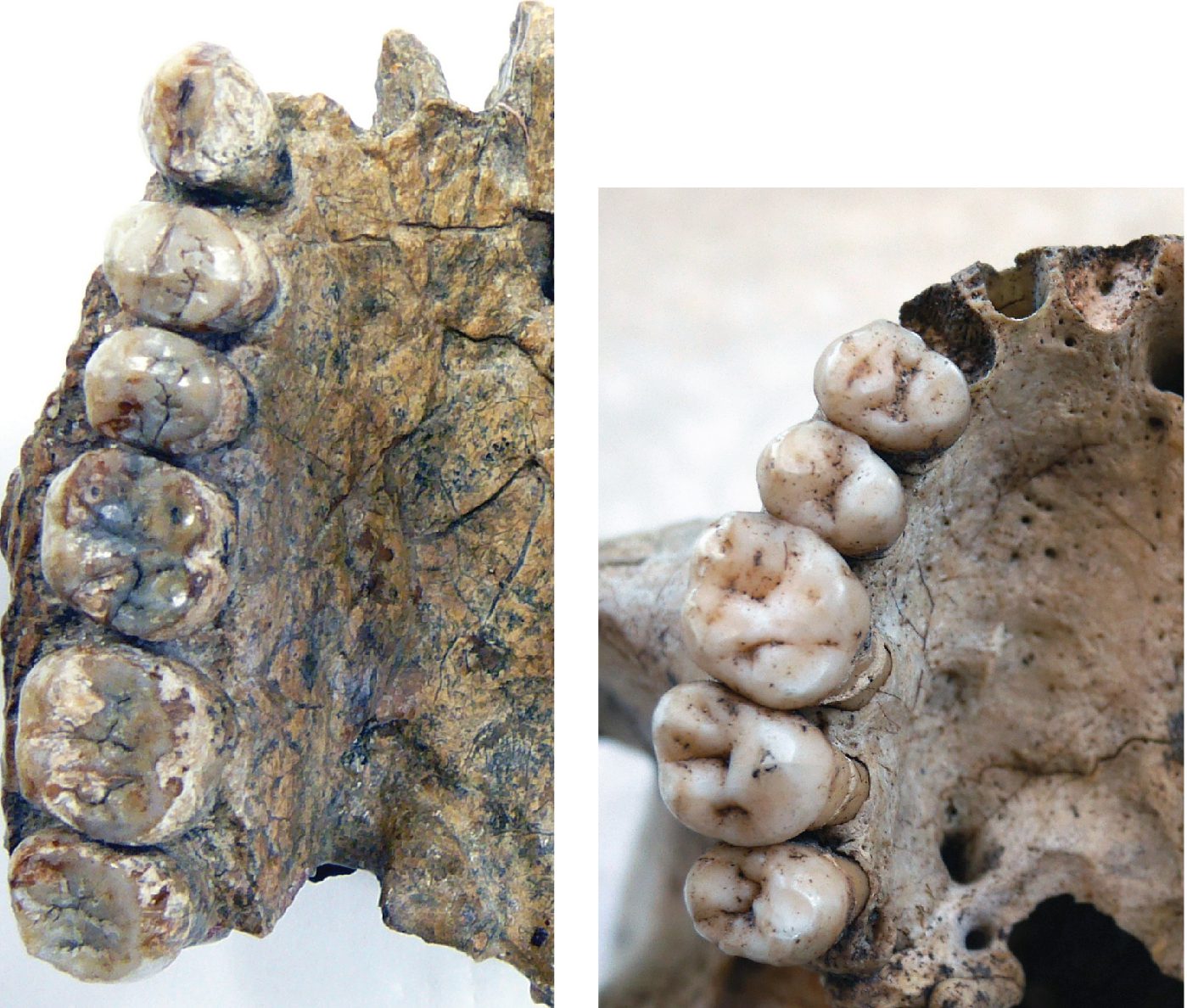A Griffith University researcher has played a key role in the international multidisciplinary team that has discovered a new human species in a Philippines cave.

Professor Rainer Grün, Director of Griffith’s Australian Research Centre for Human Evolution (ARCHE), used uranium series analysis to date the teeth and bones from three small hominid individuals found in Callao Cave on Luzon Island in the Northern Philippines.
The new species has been namedHomoluzonensis by the team, which was led by the National Museum of Natural History in Paris and included Griffith’s David McGahan from ARCHE, as well as researchers from institutions including the University of the Philippines, National Museum of the Philippines, University of Bordeaux, Paul Sabatier University, University of Poitiers and the Australian National University.
The article ‘A new species of Homo from the Late Pleistocene of the Philippines’ has been published in this week’sNature.
The fossils are the earliest known human remains in the Philippines, preceding the firstHomo sapiensremains dated to 30,000 to 40,000 years ago discovered on Palawan Island, which is southwest of the archipelago.
Three-dimensional imaging methods and geometric morphometrics analyses on the remains revealed thatHomoluzonensishad primitive elements or characteristics (resemblingAustralopithecus)and others which were very modern (close to our speciesHomo sapiens).
The team said it “highlights a singular mosaic of morphological characteristics that differentiatesHomoluzonensisfrom other species of the genus Homo, and underlines the major role played by Island Southeast Asia in the evolutionary history of hominins”.
The archaeological team behind the excavations of the Callao Cave site included Prof Philip Piper from ANU and began in 2007 then continued in 2011 and 2015.

Prof Grün dated the discovery — which consisted of teeth, finger and toe bones, and a femur from three hominid individuals — as being older than 50,000years.
“There have been a lot of finds in this area that were not meant to be there,” he said.
“Homo floresiensisfound therein the early 2000s was a shock — the whole world was quite surprised about the discovery of these small humans.
“In the meantime, there’s been the discovery ofHomo nalediin South Africa, also a small hominid, and much younger than we thought.
“Now we haveHomoluzonensisin the Philippines.Sothe idea that at the time there were modern humans andHomo erectusin the area but no other species no longer holds up.
“We now know that there are actually a number of different human species that were existing alongside each other.”
